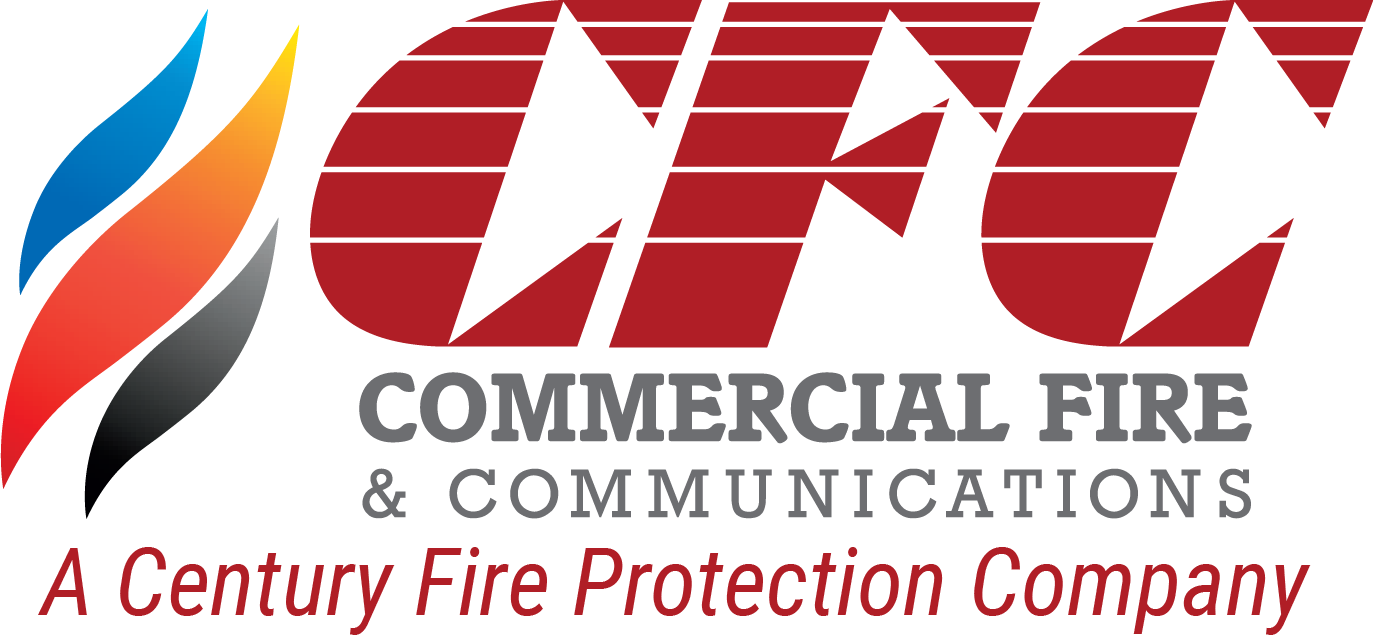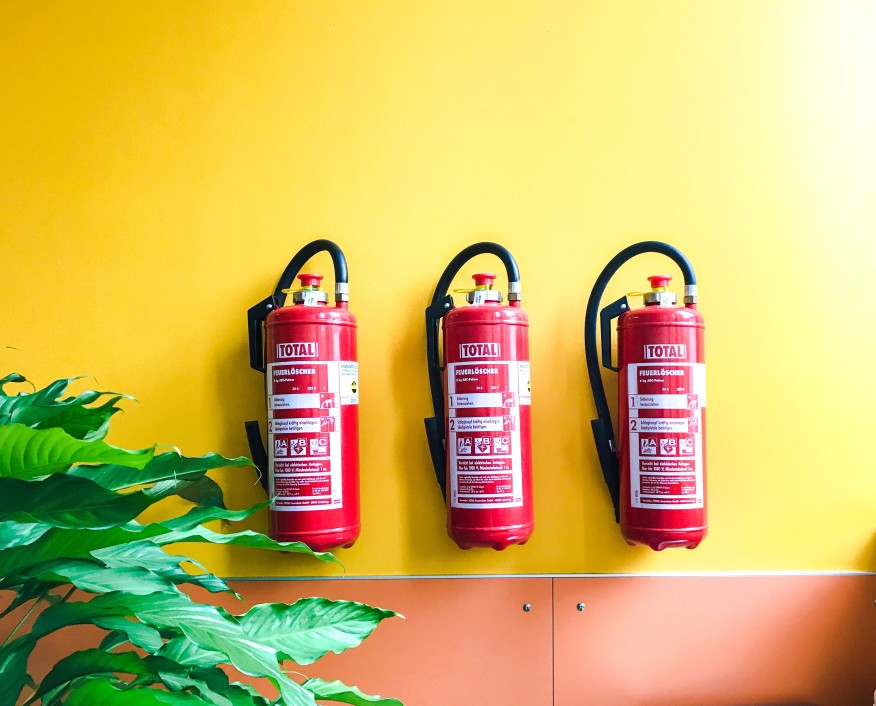Fire extinguishers in commercial locations should be placed in easily accessible and visible locations throughout a building. The following areas are recommended:
- Near exits and entrances
- In any room that has a high risk of fire, such as the kitchen or mechanical rooms
- In garages or workshops
- Near electrical equipment or machinery
- In hallways and staircases.
Fire extinguishers should be mounted on the wall or placed on a stand, with the instructions for operation visible and easy to understand. It is essential to regularly inspect and maintain fire extinguishers to ensure they are working correctly.
NFPA guidance for fire extinguisher placement
Beyond conventional wisdom, the NFPA provides even further guidance for fire extinguisher placement. When installing fire extinguishers in your building, they must be more than four inches off the ground and no higher than 5 feet. However, if the extinguishers weigh more than 40 pounds, they can be no more than 3 feet, 6 inches off the ground.
Maximum travel distances for fire extinguishers
The NFPA offers guidance for placing fire extinguishers based on the level of proximal risk. Their guidelines move beyond traditional wisdom to specify maximum travel distances, with the idea that you should never have to travel more than the maximum to reach a fire extinguisher, no matter where you are in the building.
NFPA standards stipulate the following maximum distances:
- Class A – Ordinary Combustibles: No more than 75 feet
- Class B – Flammable Liquids: No more than 30 feet or 50 feet
- Class C – Electrical Equipment: Depending on the type of equipment, refer to Class A or Class B requirements
- Class D – Combustible Metals: No more than 75 feet
- Class K – Cooking Media: No more than 30 feet
For Class B, determine the proper distance by considering the type of hazard and the fire extinguisher’s numerical rating.
Portable fire extinguisher types and uses
Lastly, it is essential to know that several types of portable fire extinguishers are available, each with its specific uses. When locating fire extinguishers throughout your commercial property, ensure that the extinguisher matches the hazards in that location.
- Water extinguishers: Used for fires involving organic materials such as paper, wood, and fabrics.
- Foam extinguishers: Used for fires involving flammable liquids and solids.
- Carbon dioxide (CO2) extinguishers: Used for fires involving electrical equipment and flammable liquids.
- Dry powder extinguishers: Used for fires involving flammable liquids, gasses, and metals.
- Wet chemical extinguishers: Used for fires involving cooking oils and fats.
It is essential to use the correct type of fire extinguisher to avoid making the situation worse or causing damage. Always follow the instructions on the extinguisher carefully and seek professional help if necessary.

